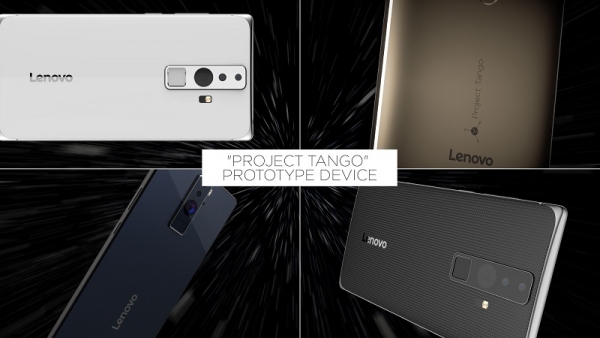Some estimate that the virtual reality industry could bring in $6.7 billion this year, feeding the incredible enthusiasm surrounding the coming launch of VR headsets like the Oculus Rift, HTC Vive and PlayStation VR.
That excitement was strongly felt this week at the Vision VR/AR Summit, where industry leaders spoke about the future of virtual reality technology. At the conference’s keynote address, John Riccitiello (CEO of Unity Technologies) stated in the keynote address that he expected over 1 billion consumers worldwide to own head mounted displays within the next 5 to 10 years.
However, the emerging technology still challenges to face to reach mass adoption, and there are many approaches to overcoming them.
Getting VR to Everyone
Practically every software and hardware developer agrees that the biggest challenge in promoting VR is in getting people to try it out. The experiences are so impressive that many are hooked after trying them out. To this end, companies have been working to make VR technology more available, like how Nvidia is looking to have 130 million VR-ready PCs on the market by 2020. Most other companies bring the VR experience to conventions and shows to get as many people to try it out as possible. Starbreeze plans on opening a VR arcade in Los Angeles to promote its experiences and hardware, but the fact still remains that the cost of VR may be out of reach for many.
Google took a slightly different route with VR by promoting Google Cardboard as an effort to bring “VR for everyone.” It, along with similar efforts like the Samsung Gear VR (developed in partnership with Oculus) offers an affordable VR experience to consumers, which could act lead them to seek out more immersive experiences from high-end headsets. Cardboard has already seen great success, with over 5 million viewers shipped and 30 million related apps downloaded from the Google Play Store.
Not only is Google reportedly preparing to develop its own VR headset, but Clay Bavor (VP of VR at Google) announced at the Vision Summit that the first Project Tango augmented reality device — a consumer phone developed in partnership with Lenovo — will be hitting the market this summer. We draw closer to the “VR for everyone” era as mobile devices become more powerful and are built with VR/AR experiences in mind.

Still, others are looking to the Sony to bridge the gap between experience and accessibility with the PlayStation VR. There are 36 million PlayStation 4 owners worldwide, and each console is “VR-ready” according to Richard Marks, Director of Sony PlayStation Magic Lab. Although the price and release date have not been revealed yet, there are millions of eager fans hoping to “push the boundaries of play” using Sony’s hardware.
Bring On the Content
When Palmer Luckey, founder of Oculus VR, was asked how he defined success with VR, he replied that it will either be defined by “Dollars spent on content, or hours viewed in content.” The key word is, of course, content. Luckey does not consider selling a ton of headsets, only to have them collect dust somewhere, a success. He wants head mounted displays to be used every day, and everyone from hardware manufacturers to software developers, to make it.
“Everybody needs to be successful for VR to take off,” Luckey said.
Coincidentally, Valve hosted a SteamVR developer showcase recently, where 12 games were shown using the HTC Vive. At around the same time, the Sundance Film Festival featured a variety of fantastic VR/AR exhibits, and so will the upcoming Tribeca Film Festival.
In order for consumers to be interested in a VR experience, there have to be experiences worth having, which is why Google has made open source Card development kit available. Similarly, every Oculus Rift purchase comes with a 4-month subscription to Unity Pro, so users can become developers.
But judging from the impressive collection of virtual reality games, which features everything from CCP’s EVE Valkyrie to experiences like Crytek’s The Climb, users can already look forward to very bright virtual future.

